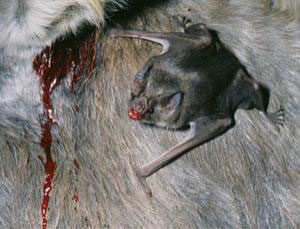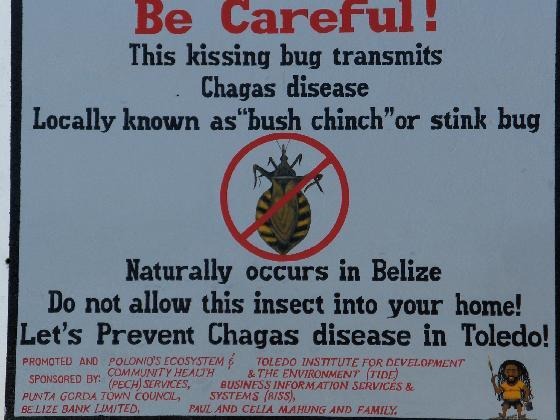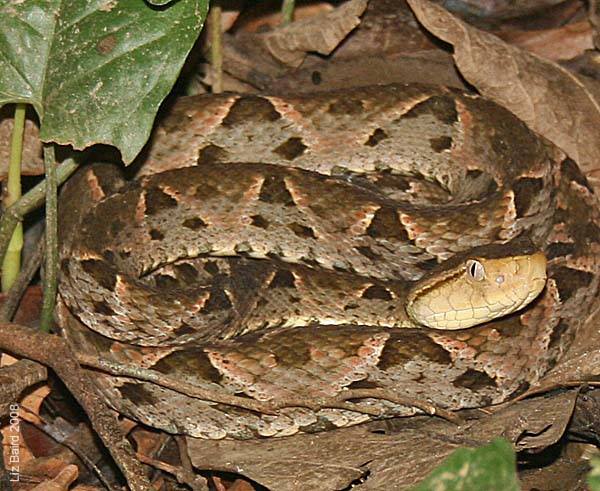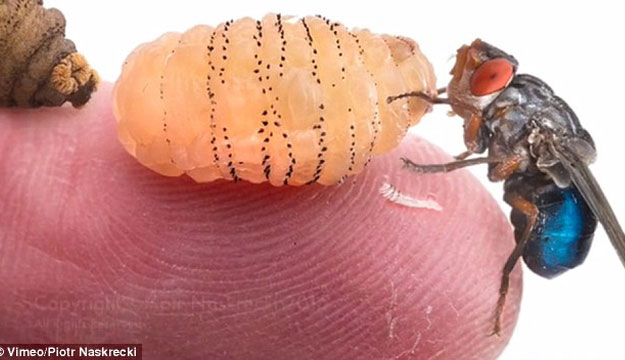Belize is an extraordinarily diverse country with a plethora of wildlife. Many of our local critters, such as kinkajous (nightwalkers), seahorses, and parrots, are cute and fuzzy.
But surviving in a harsh tropical jungle environment is not always easy and the wildlife has adapted with natural defence and offense mechanisms that border on the creepy. And some are just outright deadly.
So this Halloween, keep a lookout for our most goulish creatures as you embark on your amazing Belize adventure journey. Let our guides show you the way and be careful where you step!
Vampire Bat
Bats are the most populous mammals in the world. They control insect populations keeping down diseases such as malaria and dengue, help pollinate thousands of species of plants, and keep nature in balance.
In Belize, some 75 species of bats account for about 58% of the mammal population, thriving on the many types of fruits, flowers, insects and other food sources to be found throughout the country.
The scariest of these in the infamous Vampire Bat, fueling goulish lore about their association with the world of the living dead. Vampire bats (Bela lugosi) have a unique biology, giving them their dark reputation.
Their teeth and fingers and perfectly designed for their creepy way of surviving, by drinking the blood of other mammals. Performing an almost mini surgery on the victim, the vampire bat is able to quietly and inconspicuously drink a few teaspoons of blood from the blood vessels exposed closest to the skin of their unsuspecting victim while it sleeps.

Some More Interesting Bat Facts (with thanks to Wildlife Belize):
- Bats are the only mammals that can fly.
- Bats generally have one baby per year.
- Bats live for 15-25 years.
- The smallest bats in Belize are merely 1.5 inches long and weigh 2-3 grams (0.1 oz).
- The largest bat in Belize is 6 inches with a 24-inch wingspan and weighs 240 grams (8oz).
- Many species of bats share the same roosting areas: caves, cracks in rocks, hollow trees, under bark, under leaves (palms), rolled leaves (banana, heliconia), self-constructed tents, and man-made structures (under roofs).
Tarantula
If that little video clip doesn’t creep you out then you are a true naturalist because you would realize that despite their horrifying appearance of these huge spiders with massive hairy bodies, tarantulas are actually relatively shy. There are nine species of tarantulas in Belize. The most common is the Red Rumped Tarantula , due to the red fur covering its abdomen. The Maya name for this species is “Chiwo”. There are many misunderstandings about this species. One of these is that it is likely to bite horses in the foot, which then causes the hoof to fall of! In reality the species is quite harmless. The biggest danger comes from the abdominal hairs which are quite urticaceous and can cause itching and swelling. Particularly nasty when inhaled!
Kissing Bug
Beware of its misleading name before you try to pucker up to a kissing bug, also locally known as a kissique. This little insect is a carrier of a virus known as Chagas Disease that can be deadly to humans. The bug is a parasitic feeder, living off of the blood of its victims, whom are often bitten in their sleep around the face. The Director of Health here in Belize states:
“The way this is transmitted the bug actually sucks the blood, feed on blood animal or people but when it sucks on the blood of humans it also defecates on the skin and it’s the feces that have the parasite and people unconsciously would rub the feces into the little breakage of the skin and that’s how the parasite gain access to our system. Also they can get their hands soiled with the feces and eventually rub the eyes and it penetrates through the eye.”

Fer de Lance
The Fer de Lance as locally known as the Yellowjaw Tommygoff, is an aggressive and deadly snake found right here in Belize. The tommygoff is in the pit viper family and can jump a distance of over 9 feet striking out without warning. When striking it exposes its bright yellow coloring below its jaw. For the most part, it is a reclusive animal that hides under rotting tree trunks or under piles of dead leaves. The best to avoid this snake is to avoid hiking off of cleared trails and if you see one do not approach but slowly back away.

Botfly
This nasty little critter looks like an innocent little fly. But when a mosquito carries one of the fly eggs and drops it on your skin when feeding on you, it’s a whole different story. The egg hatches to a small maggot which burrows deeper under your skin and feasts off of you until it grows to extreme proportions as large as your thumb if left untreated. The botfly larva needs to be suffocated first and lifted out with a local bush remedy of tobacco or cut off of its air supply with a piece of bacon or meat (thus the nickname beefworm) or be surgically extracted before it grows large enough to force its way out of your body after when it matures. Yuck! Luckily, this is a fly more common in the very rural and remote parts of the country, so it is not a concern for most visitors.


